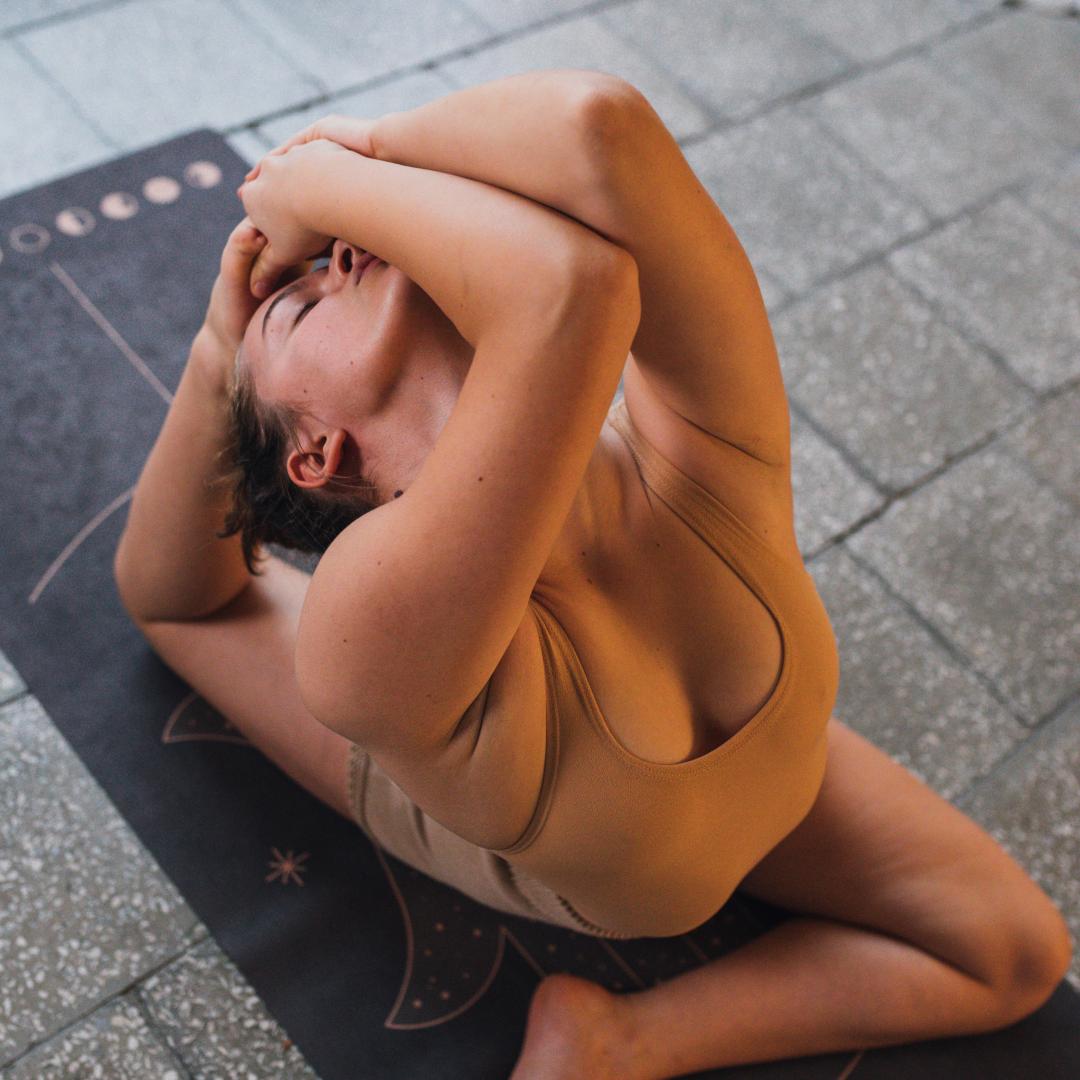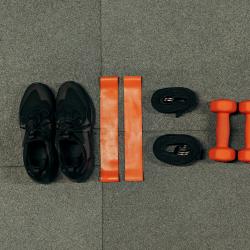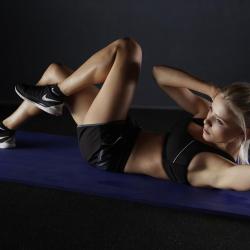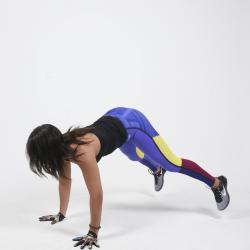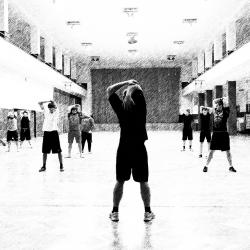How to Improve Flexibility: Stretching Routines for Every Level
Flexibility is a crucial component of overall fitness that often gets overlooked in favor of strength and cardiovascular training. However, it plays a vital role in injury prevention, improved posture, and enhanced performance in physical activities. Whether you're a beginner, intermediate, or advanced in your fitness journey, incorporating stretching routines can significantly enhance your flexibility and overall well-being. Here, we outline stretching routines tailored for every fitness level.
Understanding Flexibility
Flexibility refers to the range of motion available to your joints. It is influenced by muscle length, joint structure, and other factors like age and genetics. Regular stretching is essential because it helps maintain the body's proper alignment, reduces muscle tension, enhances muscular coordination, and can alleviate soreness.
Benefits of Improved Flexibility
- Enhanced Performance: Greater flexibility can improve your performance in physical activities by enhancing your range of motion.
- Injury Prevention: Increased flexibility can help prevent injuries by ensuring your muscles and joints can move effectively and efficiently.
- Reduced Muscle Soreness: Routine stretching can alleviate muscle tension and soreness post-workout.
- Improved Posture: Flexibility assists in maintaining natural posture by balancing muscles across your body.
- Stress Relief: Stretching can be a form of relaxation, releasing tension and stress from the body.
Stretching Routines for Different Levels
Beginner Routine
If you are new to stretching, starting slowly is essential. Focus on basic stretches that cover all major muscle groups.
-
Neck Stretch
- Sit or stand with your back straight.
- Gently tilt your head towards your right shoulder.
- Hold for 15-20 seconds and repeat on the left side.
-
Shoulder Stretch
- Extend your right arm across your body.
- Use your left hand to gently pull your right arm towards your chest.
- Hold for 15-20 seconds and switch arms.
-
Side Stretch
- Stand with your feet shoulder-width apart.
- Raise your right arm overhead and lean to the left, feeling the stretch along your side.
- Hold for 15-20 seconds and repeat on the other side.
-
Hamstring Stretch
- Sit on the ground with one leg extended and the other bent.
- Reach for your extended foot and hold the stretch for 15-20 seconds.
- Switch legs and repeat.
-
Calf Stretch
- Stand facing a wall with your hands pressed against it.
- Step one foot back, keeping your heel on the ground, and lean into the wall.
- Hold for 15-20 seconds and switch legs.
Intermediate Routine
For those with some stretching experience, this routine builds on the basics, increasing the intensity.
-
Cat-Cow Stretch
- Start on all fours. Arch your back upwards (cat) and then sink it downwards (cow).
- Perform this for 30 seconds, alternating slowly between positions.
-
Dynamic Lunges
- Step forward into a lunge, then twist your torso towards your front leg.
- Hold for 10 seconds and return to standing.
- Repeat on the other leg for a total of 10 reps per side.
-
Standing Quad Stretch
- Stand and grip one ankle from behind with the corresponding hand.
- Pull your ankle gently towards your glutes, keeping your knees together.
- Hold for 20-30 seconds and switch legs.
-
Seated Forward Bend
- Sit with your legs extended forward and reach towards your toes.
- Hold for 30 seconds, deepening the stretch as you exhale.
-
Figure Four Stretch
- Lie on your back with your knees bent.
- Cross one ankle over the opposite knee and pull your thigh towards your chest.
- Hold for 20-30 seconds and switch sides.
Advanced Routine
If flexibility is a regular part of your routine, advanced stretches can enhance deep muscle flexibility.
-
Pigeon Pose
- Begin in a plank position and bring one knee forward, placing it behind your wrist.
- Extend your other leg back and lower your hips.
- Hold for 1-2 minutes, feeling a deep stretch in your hip.
-
Standing Forward Fold
- Stand with feet hip-width apart.
- Fold forward, reaching your hands towards the ground, and hold for 1-2 minutes.
-
Bridge Pose
- Lie on your back with knees bent and feet flat.
- Lift your hips towards the ceiling, clasping your hands under your back.
- Hold for 1 minute, focusing on expanding the chest and stretching the spine.
-
Side Lunge Stretch
- Stand with wide legs and shift your weight to one side, stretching the inner thigh of the opposite leg.
- Hold for 30 seconds and repeat on the other side.
-
Camel Pose
- Kneel on the floor with your knees hip-width apart.
- Reach back and place your hands on your heels, pushing your hips forward while leaning back.
- Hold for 30 seconds, keeping your neck relaxed.
Tips for Effective Stretching
- Warm-Up First: Always perform a light warm-up before stretching to prevent injuries.
- Consistency is Key: Incorporate stretching into your routine at least three times a week.
- Listen to Your Body: Stretch to the point of mild discomfort, not pain, and breathe deeply to help relax into the posture.
- Progress Gradually: Increase the intensity and duration of stretches as your flexibility improves.
By integrating these stretching routines into your fitness regimen, you'll pave the way for improved flexibility, better performance, and a greater sense of well-being, regardless of your starting point. Remember, flexibility is a journey, not a destination, so enjoy the process and celebrate your progress along the way.
